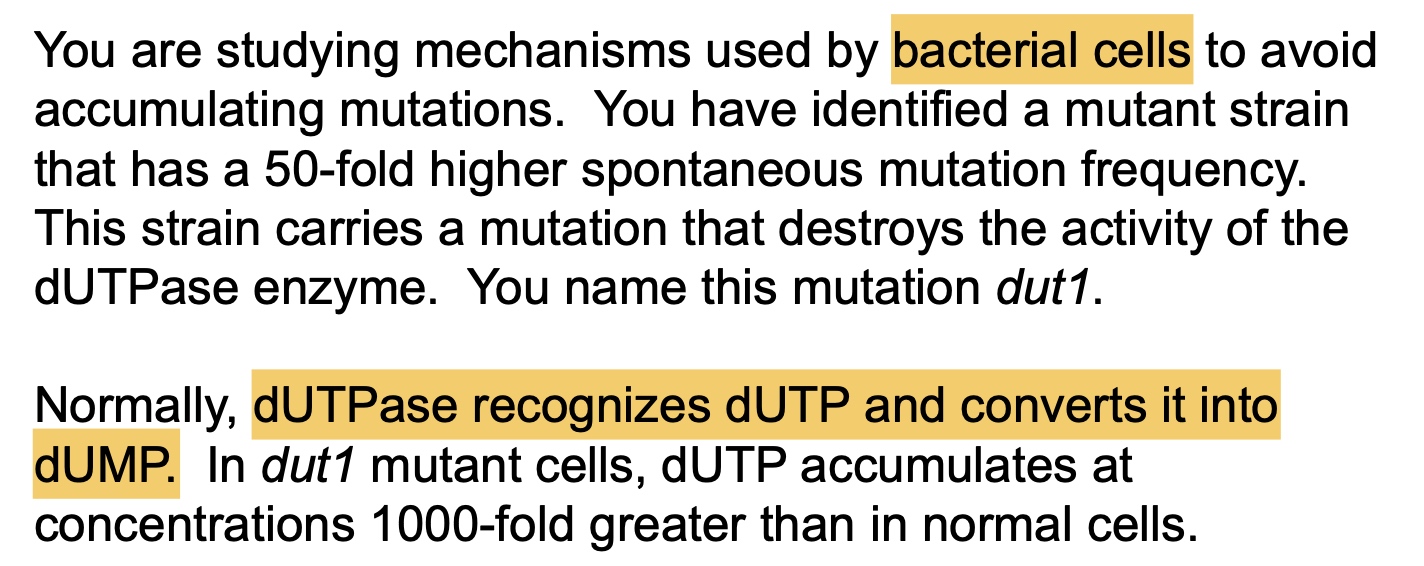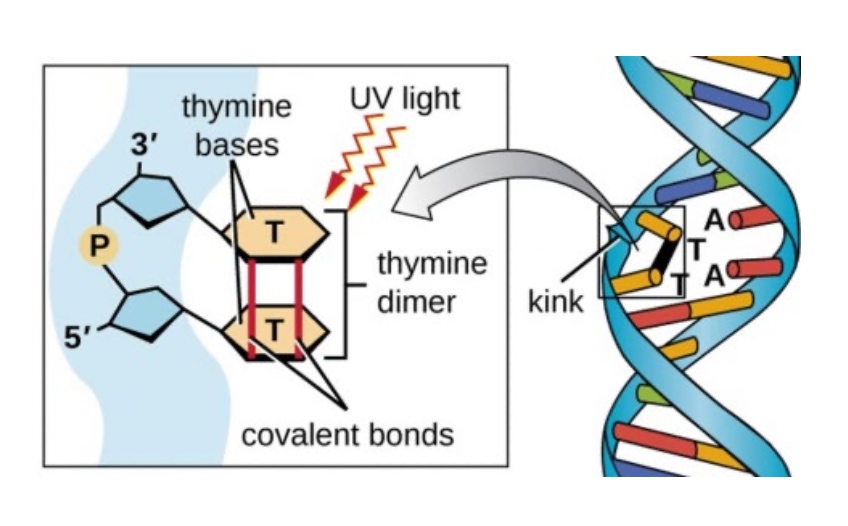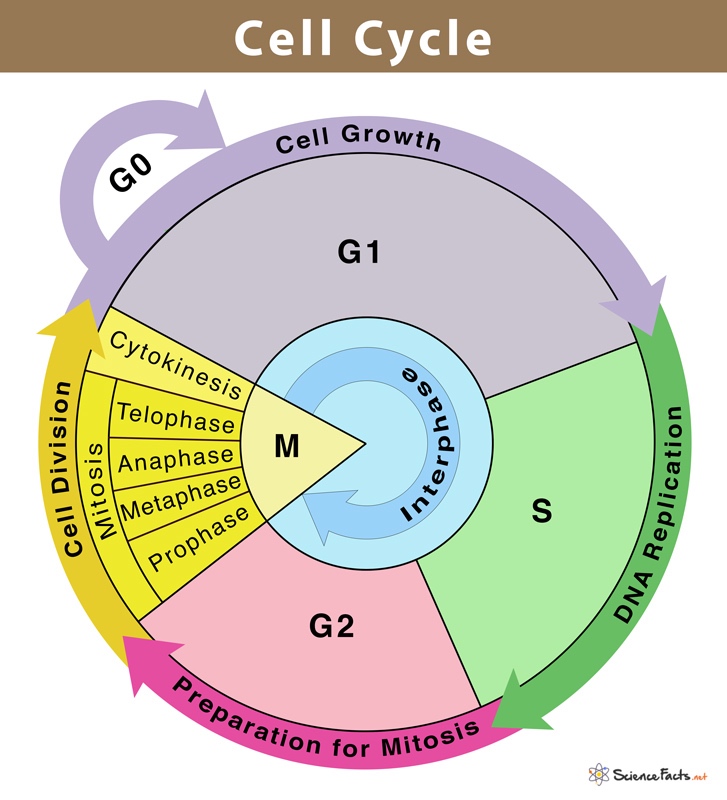1. DNA Replication and Repair: making connections

A
(A) Propose a hypothesis that could explain the high mutation frequency in dut1 mutant cells. Your answer should include the types of mutations that you might expect in dut1 mutants.
Uracil glycoslases will take care of inserted Uracil and do the BER. But duing this period, a lot of mistake will happen. Also, the nicks along with DNA replication will cause DNA strand break.
B
(B) Describe an assay that you can use to determine if the replicative polymerase from E. coli can use dUTP as a substrate. An ideal assay would allow you to quantify the frequency at which dUTP is incorporated compared to one of the normal dNTP precursors.
Primer extension assay?
2. DNA Repair and Damage Tolerance: consider your options


A. How can a cell deal with a thymine dimer if it’s created during G1?
NER/photolyase
B. How can a cell deal with a thymine dimer if it’s created just prior to passage of a replication fork in S phase?
Transition synthesis
Fork Reversal
3. Site-specific recombination

- A. A, B, C
- B. C, B, A
- C. A, C
- D. C, A
- E. No genes will remain
4. Spread of antibiotic resistance
You are studying the problem of antibiotic resistance spreading throughout a hospital bacterial population. You believe that some previously uncharacterized phage (bacterial viruses) are causing the problem. These phage carry antibiotic resistance genes, thereby causing the infected cells to become resistant when the phage integrates into the cell’s chromosomal DNA. To gain insight into the mechanisms of integration that the phage use, you infect two of the phage into several different
E. coli strains with mutations in genes affecting DNA processing. The results are shown in the table.
Transposition
Homologous Recombination
CSSR
Phage J: Homologous Recombination
Phage K: Site-specific Recombination
